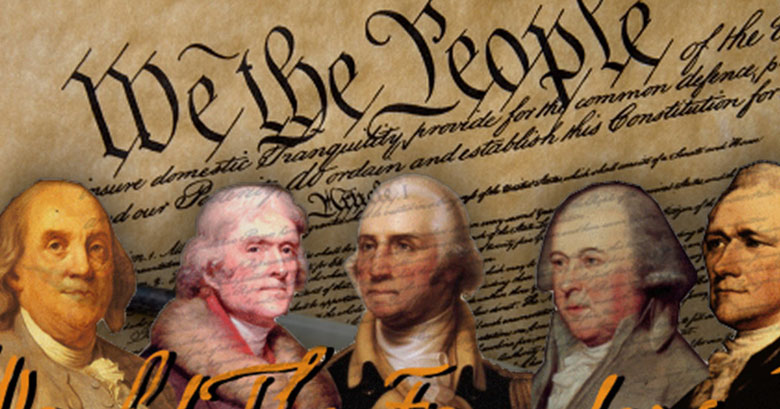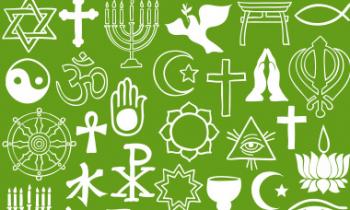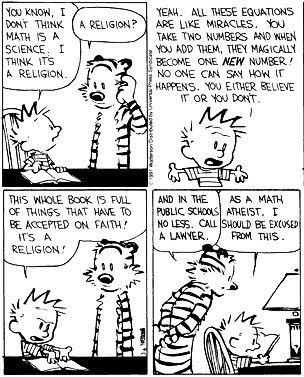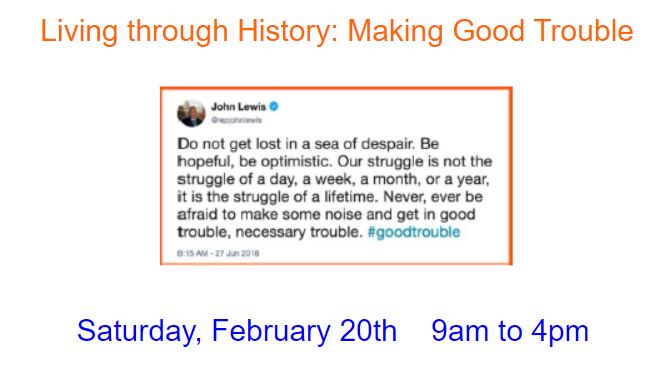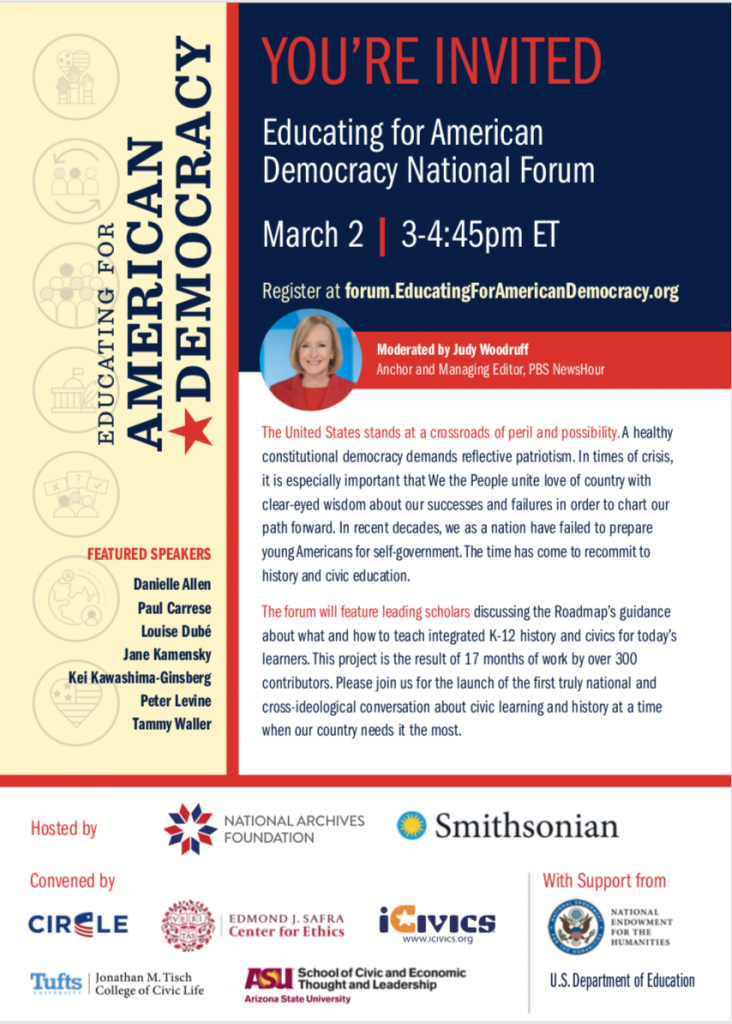Ramon Fernandez, tell me, if you know,
Why, when the singing ended and we turned
Toward the town, tell why the glassy lights,
The lights in the fishing boats at anchor there,
As the night descended, tilting in the air,
Mastered the night and portioned out the sea,
Fixing emblazoned zones and fiery poles,
Arranging, deepening, enchanting night.
from Wallace Stevens, "The Idea of Order at Key West."

Anchored fishing boats at night will send luminous streaks across the water to point directly at you, the viewer. They seem to partition the sea in an ordered way that gives you the central place. By doing so, they make the dark sea more attractive: organized, deepened, enchanted. Although you are not hallucinating or succumbing to egoism, your impression is misleading, for anyone else will see the streaks pointing at them. From the sky, the sea would not appear partitioned at all, although it must seem that way to you.
George Eliot uses a comparable metaphor:
Your pier-glass or extensive surface of polished steel made to be rubbed by a housemaid, will be minutely and multitudinously scratched in all directions; but place now against it a lighted candle as a centre of illumination, and lo! the scratches will seem to arrange themselves in a fine series of concentric circles round that little sun. It is demonstrable that the scratches are going everywhere impartially and it is only your candle which produces the flattering illusion of a concentric arrangement, its light falling with an exclusive optical selection. These things are a parable. The scratches are events, and the candle is the egoism of any person now absent …
Eliot, Middlemarch, part 3, chap. 27
Eliot is concerned about moral egoism. I think Stevens’ main interest is the subjectivity of any order that we impose on nature. If we push such skepticism far, nature vanishes entirely and all we have is our description. But the boats really are at anchor off Key West.
This image from the end of the poem might offer some hints about how to read the earlier portions. It seems that the narrator is by the sea with his friend, Ramon Fernandez, and they have heard a “she” singing. Stevens said he invented the name of his friend, but he later acknowledged that he might have suppressed the memory of the real literary critic, who was not actually his friend, and who might have been too keen to impose order. (The real Fernandez was a communist at the time Stevens wrote this poem, on his way to becoming a fascist collaborator.)
As for the “she,” this is a pronoun without any concrete noun. She has no name and is not called a woman or anything else specific. She has a complex relationship with the sea: she may be describing it, or communicating the sound it makes, or creating it with her song; or she may have been invented by the narrator as a metaphor for the experience.
The narrator explores each of those hypotheses:
- [the ocean’s] mimic motion / Made constant cry … [The sea is singing.]
- Even if what she sang was what she heard … / it was she and not the sea we heard. / For she was the maker of the song she sang. [She is singing.]
- If it was only the dark voice of the sea / That rose … / But it was more than that, /
More even than her voice, and ours … [It is more than she who is singing.]
Perhaps this section–about the moment of a subtropical sunset–offers a synthesis to follow the various theses and antitheses:
It was her voice that made The sky acutest at its vanishing. She measured to the hour its solitude. She was the single artificer of the world In which she sang. And when she sang, the sea, Whatever self it had, became the self That was her song, for she was the maker. Then we, As we beheld her striding there alone, Knew that there never was a world for her Except the one she sang and, singing, made.
One can read the poem very literally and imagine that Wallace Stevens, a man from the mainland, and his friend, a man with a Spanish surname, have seen a woman striding along the beach and singing about the sea. But her song has the very special power of making the whole world. Even though the narrator insists that “she was the maker of the song she sang,” her song is coterminous with the object of her singing–the sea–which suggests that she is not different from it but another way of naming it.
At this point, the literal reading collapses–much as a naive interpretation of the streaks of light collapses when you realize that they are not really pointing at you. The poem does not give us direct access to a real moment in the past when a woman, two men, and some boats were visible at Key West. The poem is the object that we see, and it has a writer and some readers.
Under the title of the poem is the name “Wallace Stevens,” which stands for an actual man, married to a woman, who became famous for writing words. It’s reasonable to begin with the assumption that the narrator who tells us, “She sang …” is this man, and that he either really heard her singing or made her up from scratch, thus functioning as her artistic creator.
It’s then reasonable to place the poem in a very long tradition of men writing about women who are their muses, objects of love, creatures of their art, and/or metaphors for abstractions, such as nature. The politics of this tradition is problematic, since the poet with the he-pronouns typically controls the “she” of his verse.* He certainly gets credit for the words that attach to his name. Stevens either maintains this tradition or possibly subverts it, depending on what you think of the phrases “mastered” and “maker’s rage for order” near the end.
I don’t disagree with using gender to analyze the poem, but I think it also asks us to question our metaphysics. Why are we so sure that the narrator is Wallace Stevens, the poet with the he-pronouns? Couldn’t she be speaking, or the ocean, or the reader?
In one recorded dialogue with a student, Basho instructed, “The problem with most poems is that they are either subjective or objective.” “Don’t you mean too subjective or too objective?” his student asked. Basho answered, simply, “No.”
Jane Hirshfeld, The Heart of Haiku
The moment of sunset is neither day nor night. Stevens’ poem is neither objective nor subjective but right on that edge. Basho avoids tipping either way by means of imagism. His poems do not mean; they are. Stevens attempts it in a very different way–by arguing explicitly about the nature of his own verse in ways that skillfully undermine any fixed conclusion about who is saying what about what.
*For a good reading along these lines, see Brooke Baeten, “Whose Spirit Is This?”: Musings on the Woman Singer in ‘The Idea of Order at Key West.’ The Wallace Stevens Journal 24.1 (2000): 24-36. See also: nostalgia for now; homage to Basho; a poem should; and the tree and the rock.


